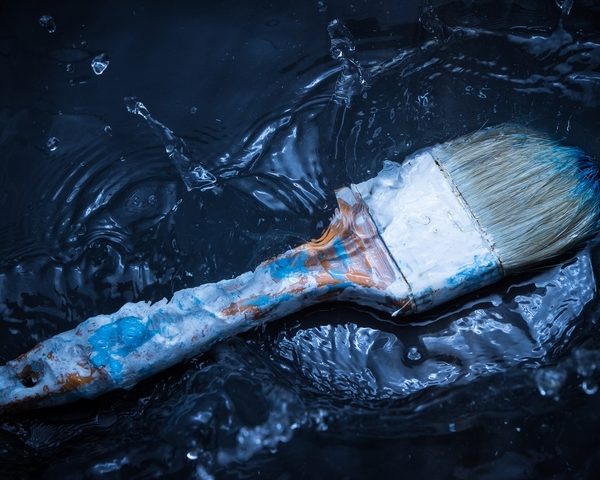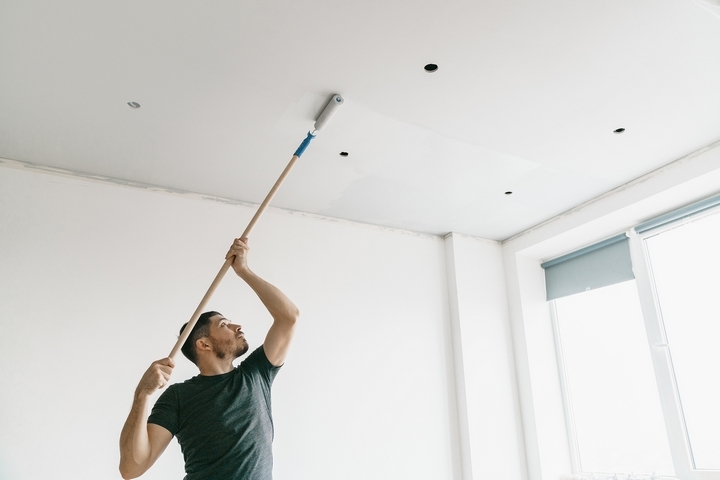
7 Common Interior Painting Mistakes to Avoid
Painting your house or office is an exciting experience. A change in your surroundings is always welcome. However, it can soon turn into a disaster. Most of the mistakes people make during the painting process are avoidable, however, if you pay attention to the small details before starting the paint job and during the painting process. Hiring a professional painting company to do the work for you is highly recommended since they provide professional and quality services.
Below are some of the most common painting mistakes people make—and how to avoid them.
1. Painting on Unprepared Surfaces

Before starting your paint job, it is key to first prepare your walls or ceilings. Remove flaking and peelings surfaces first. Also, scrape glossy surfaces before applying a fresh coat of paint. This will ensure you end up with an evenly painted surface. On the other hand, should you make the mistake of painting on an unprepared surface, the result will be a rough, uneven paint job.
2. Failure to Use Tape

It is important to use tape in areas where you want a neat finish, for example, on a windowsill. It is also important to note that you don’t have to wait until the paint dries to remove the tape. This is because the paint will adhere to the tape. It’s better for you to remove the tape shortly after applying paint to let it dry on its own.
3. Leaving Fixtures Exposed

Before starting to paint, make sure to completely cover any fixtures. This is to avoid the occasional paint splatter on these fixtures that may end up making the paint job look sloppy while also ruining your fixtures.
Fixtures such as doorknobs and light switches, just to name a couple, should be covered properly to ensure the paint stays on the walls and nowhere else.
4. Painting the Ceiling Last

Most people make the mistake of painting the walls first. If you start painting the walls, you will have to be extremely careful when painting the ceiling to avoid smudging the already-painted walls. To save yourself this trouble, always paint the ceiling first before taking on the walls. This will make your work easy since you won’t have to worry about paint splatter. If you, however, start with the walls, no matter how careful you may be when painting the ceiling, the risk is great that you will make small yet visible mistakes.
5. Using the Wrong Tools

Not all tools used for painting are applicable for uses. There are times when a roller may be the best option and times when using a paintbrush may be the best solution. Knowing which tool to use for which particular situation will make your painting work a breeze.
6. Painting a Wet Surface

Some areas in a house are more exposed to water than others, such as the kitchen and the bathroom. When repainting these areas, always ensure the wall is completely dry. This will prevent the blistering and peeling of the paint due to the moisture underneath. It is important to note that in humid areas, more time should be given for walls to completely dry up before starting the paint job.
7. Painting on Rotten Wood

Applying a fresh coat of paint on rotting wood is a waste of resources. Always replace rotting wood before applying new paint on a surface. You should also fill and even out all uneven surfaces before commencing painting.
To avoid the seven painting mistakes described above, consider working with a painting company. Professional interior painters can ensure your new paint job is flawless.
